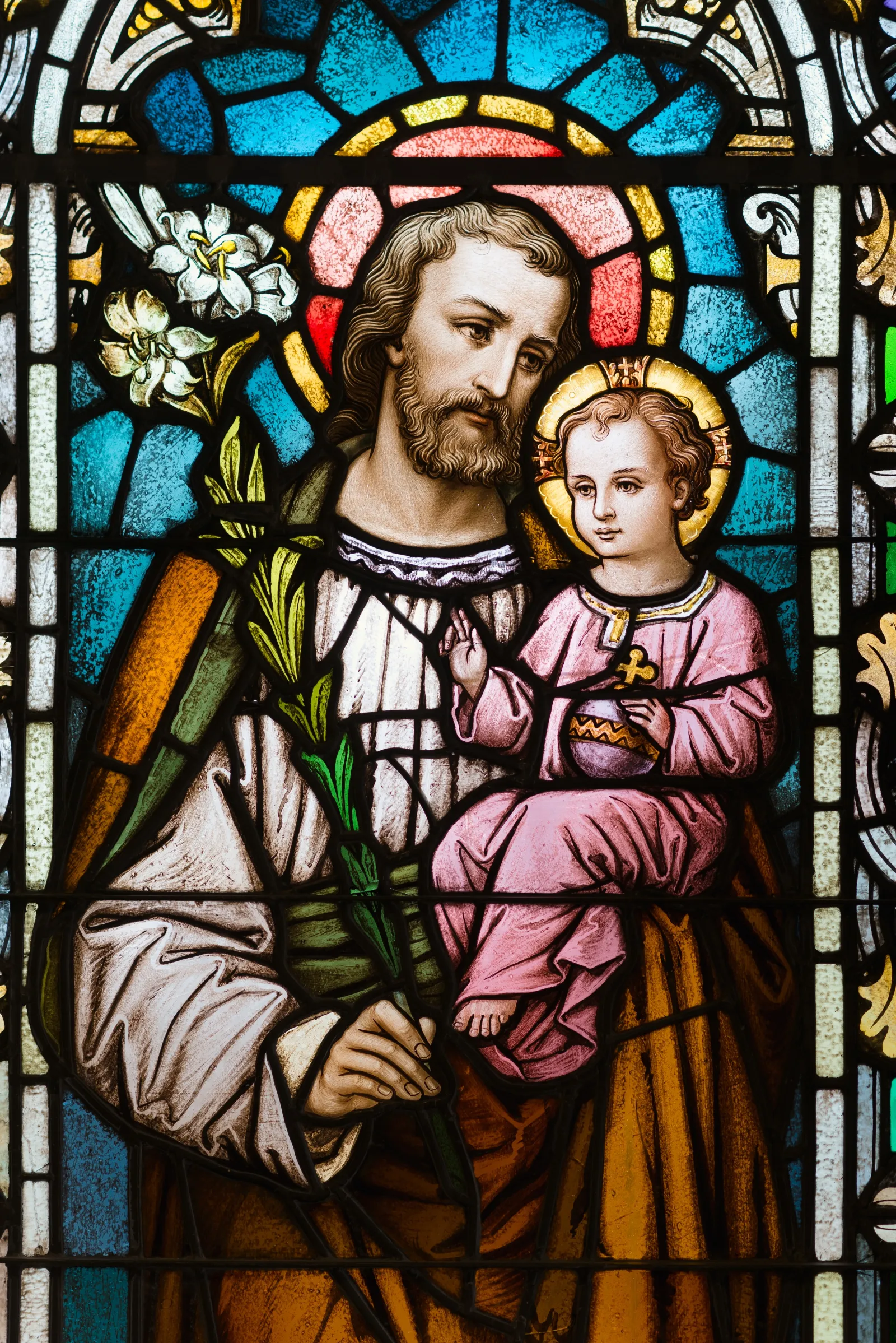
Being a member of the Catholic faith means that when you pass from this world to the next, you can rest assured that your funeral will be handled with elegance, dignity, and in a sanctified manner. To that end, Catholic funeral rites are highly organized, overseen by church rules, and consist of three major components: the Vigil, the Liturgy, and the Rite of Committal.
The first two are perhaps the most present in the minds of anyone who has attended or seen a Catholic funeral depicted; the Vigil is often referred to as a wake, and the Liturgy is a more official name for the funeral Mass. But what is the Rite of Committal?
The Final Step of the Process
As the conclusion of the entire Catholic funeral ceremony, the Rite of Committal is the final act performed by the Catholic community for the deceased. The remains of the faithful are laid to rest for the last time in order for their body to return to the earth even as their spirit is now free to join the hereafter as their eternal reward.
A Catholic Rite of Committal is typically performed at the graveside, before and during the deceased is laid to rest. Either a priest or a deacon presides over the ceremony, leading the community in prayers. This often includes a prayer to bless the place of burial if it has not already been previously sanctified. The Rite of Committal signifies the end of a Catholic funeral.
Rite of Committal Prayers
While there is some natural variation from one parish and diocese to another, Rite of Committal prayers often follows a specific pattern led by the presiding clergy member. Here's what you'll likely experience during this ritual:
The Invitation
The priest or deacon will begin the proceedings with what's called the Invitation, addressing the community. Often this consists of language similar to the following: "We gather here to commend our brother" (or sister) "to God our Father and to commit their body to the earth. In the spirit of faith in the resurrection of Jesus Christ from the dead, let us raise our voices in song and offer our prayers for them."
The Scripture Reading
The priest or deacon will then read from scripture. These passages can be of variable length, but they almost always deal with the passing of a loved one and the promise of resurrection after death through belief in Jesus. This process is variable, depending on the number of scripture readings and their length.
The Final Commendation
While the final commendation for the deceased is sometimes recited during a funeral Mass in church, sometimes this is reserved for the Rite of Committal prayers. It is the last blessing said over the deceased before they are put to rest. The last prayer recited is traditionally The Lord's Prayer, and it's customary for the faithful present to recite it aloud together.
While You're Here - Did You Know?
One of the greatest gifts we can leave our loved ones is to remove the stress of planning a funeral for us.
Advanced planning allows you to select the details of your own funeral — from the type of burial to the inscription on your headstone — decades in advance. This benefits everyone by:
- Allowing you to tell your life story your way
- Saving years of inflation-related cost increases
Learn more about the gift of advance planning now.
- Sparing your family the stress of having to choose what you would have wanted and determining how to pay for it.
When is the Rite of Committal Appropriate?
The Catholic Rite of Committal is customary whenever a member of the faith passes on. However, there are some instances when it may not be appropriate. The primary requirement is to have a body to lay to rest. If there is no body - or if the disposition of the body does not meet the requirements of the Catholic faith - there can be no Rite of Committal.
Normally, this isn't an issue, as most times the body of the deceased is being put to rest. Likewise, if the deceased has been cremated, Catholic funerary practice permits those cremated remains to be being buried or placed in a columbarium. However, if this is not the case, it is impossible to hold a Rite of Committal. This occurs most commonly when loved ones choose to cremate the deceased and then keep the remains at home or spread them elsewhere, as these run counter to preferred Catholic burial practices.
Etiquette for the Rite of Committal
Just as there are some basic Catholic funeral etiquette expectations, there are also clear etiquette rules for attending this ritual. Mourners and those who have come to pay their respects are expected to dress well and modestly. Dark, somber colors should be chosen for clothing. Additionally, you should remain soft-spoken and circumspect, deferring to the priest or deacon presiding over the Rite and remaining silent during prayers. If you are a practicing Catholic, you are expected to either recite those prayers along with those gathered there or to bow your head in silence. For non-Catholics in attendance, you need only maintain a respectful silence during these times. Lastly, be sure to remember that while they're held outside in the open air, this ritual is most likely taking place at a Catholic cemetery. These cemeteries are considered sacred and holy places, as the very ground has been consecrated by priests. Your behavior should always respect that, just as it would if you were to step inside a church. In many ways, cemeteries are even more sacred, considering they are the final resting place of the earthly remains of the faithful. They should remain places of peace and comfort, where mourners can say farewell to their loved ones in dignity and care among friends and family.
If you need to find a Catholic cemetery near you, please consult our list of Philadelphia Archdiocese cemeteries.
If you are interested in the idea of planning your burial and funeral in advance, to save your family both money and the additional stress of trying to determine what you would have wanted, learn more about advance planning benefits now.
